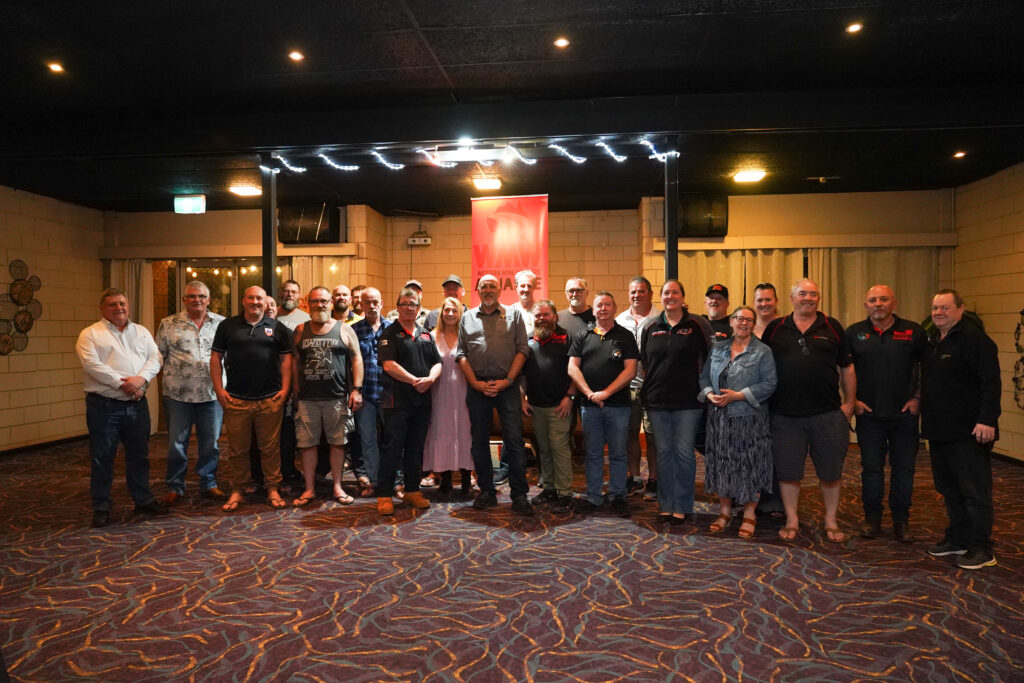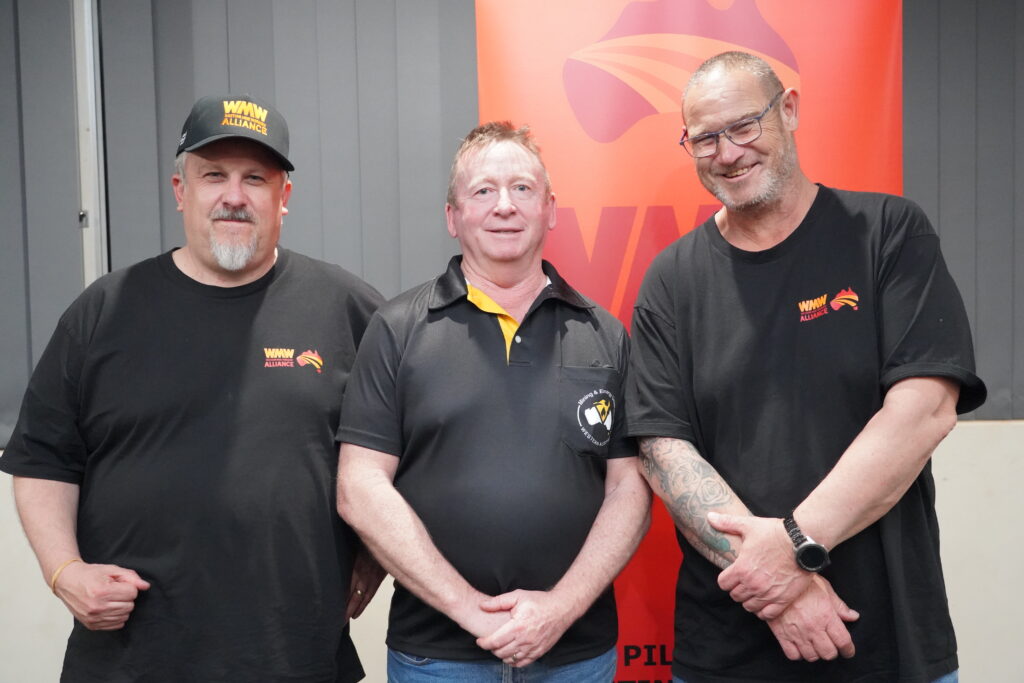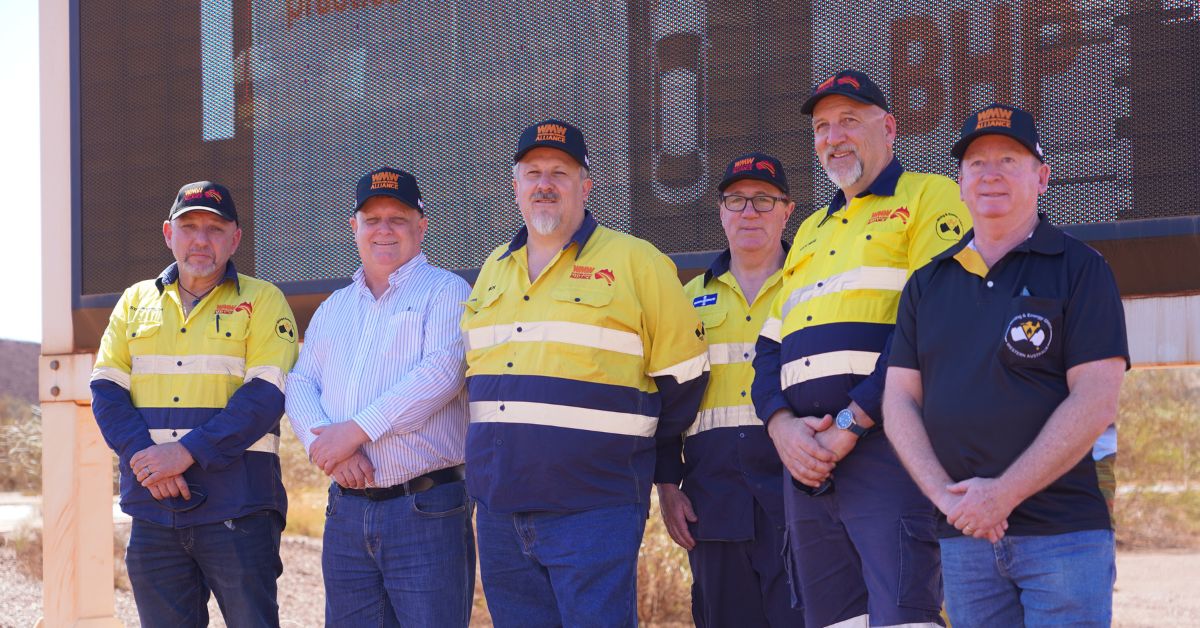August 29, 2024
Bargaining has begun for the first collective agreement in over a decade for Pilbara iron ore production workers.
The Western Mine Workers Alliance has launched a new bargaining campaign this month that promises to deliver the first Union agreement for iron ore production workers in the Pilbara in a decade.
The agreement will cover hundreds of production workers across BHP’s Area C and South Flank, the largest iron ore hub in the world. While claims are still being finalised, workers are seeking guaranteed annual pay rises as well as a greater roster flexibility and pay parity with other BHP workers.

While the WMWA has been building strength in the Pilbara, efforts to bargain with BHP were helped along by changes to industrial relations legislation introduced by the Albanese Government in the Secure Jobs, Better Pay Amendment. Under the new laws, unions can trigger negotiations for a new agreement within five years of the existing deals nominal expiry date. The agreement covering production workers at South Flank and Area C expired in August of 2019.
This has allowed the WMWA to circumvent the Majority Support Determination process, which requires a majority of affected workers to vote in favour of bargaining. Thanks to these changes the Alliance is able to skip the red tape and get on with securing a better deal.
BHP is currently offering pay rises to most workers of between 2% and 3%. These rises fail to keep up with inflation, particularly for workers in remote or regional areas like the Pilbara.
Additionally, workers at Area C and South Flank are deeply concerned about BHP’s proposed changes to rosters that would remove flexibility. BHP is seeking to impose a binary choice on workers of either 8-on 6-off followed by a 7-7, or two weeks on two weeks off.

As the negotiations took place, BHP was touting a $US7.9 billion profit in their annual earnings report for the 23-23 financial year. In their message to investors, BHP proudly boasts of ‘extending [their] lead as the world’s lowest cost ore producer,’ with Area C and South Flank at the heart of this. Additionally, the company generates ‘consistently superior margins’ compared to its competitors including Anglo American, Glencore and Rio Tinto.
All this is to say that BHP is not hurting for cash. The treatment of workers at BHP’s West Australian iron ore mines, their most profitable venture, is not a cost-cutting exercise to help stay afloat but rather the result of a company accustomed to being able to exercise dictatorial control over the conditions of their workers.
A new Union agreement is first step to fixing that. Over the past decade the WMWA has been rebuilding Union power in the Pilbara towards this goal, to ensure that ordinary Australian workers receive their fair share from the nation’s most profitable export.
“Iron ore miners at BHP should feel very proud of this breakthrough,” said MEU WA Secretary Greg Busson.
“They have stood strong together and demonstrated to the company they are determined to negotiate collectively on a new and improved agreement.
“Mineworkers in the Pilbara face many challenges in their working lives and bargaining is an opportunity to address them. We urge all workers to get on board with identifying priorities and building their bargaining power.”
The WMWA is now encouraging Rio Tinto listen to their workers and come to the negotiating table in good faith. Rio needs to stop digging in their heels, and engage meaningfully with their worker’s concerns.
The era of big multinationals running roughshod over the Pilbara is over. The sooner the companies recognise the new reality and start negotiating constructively with workers, the better.

